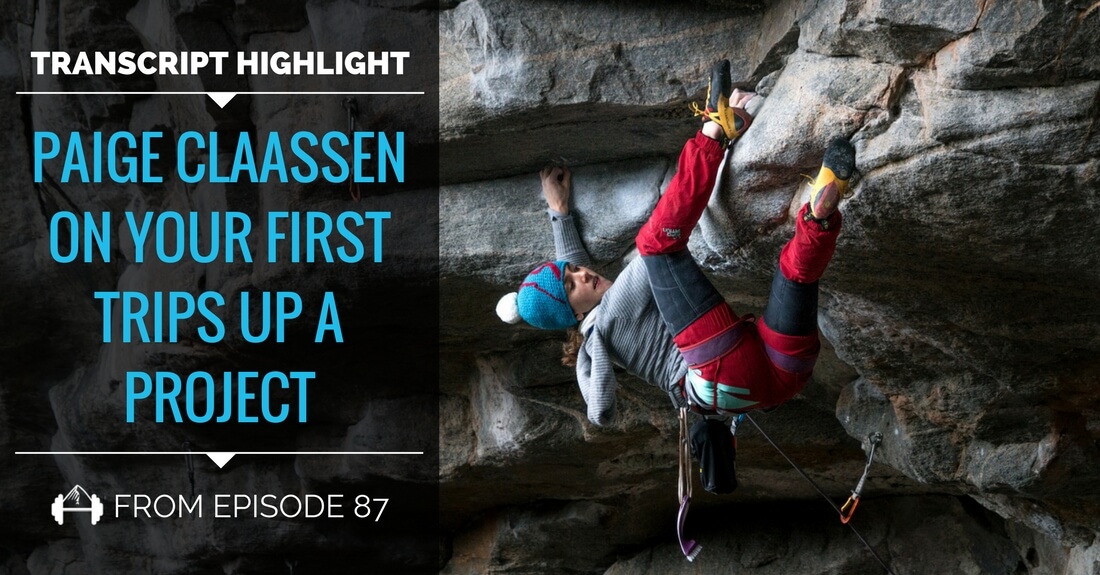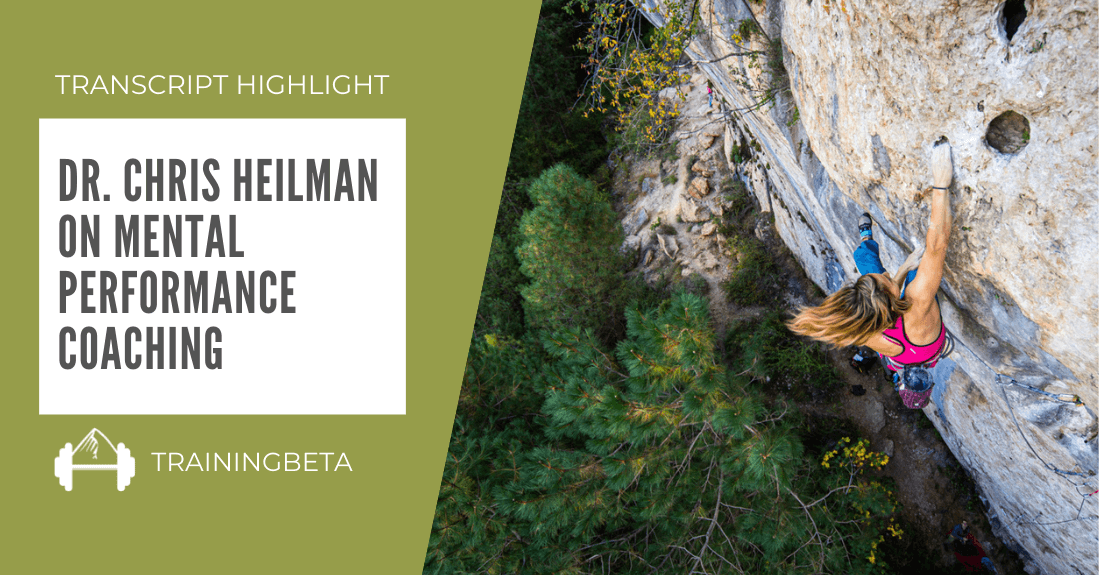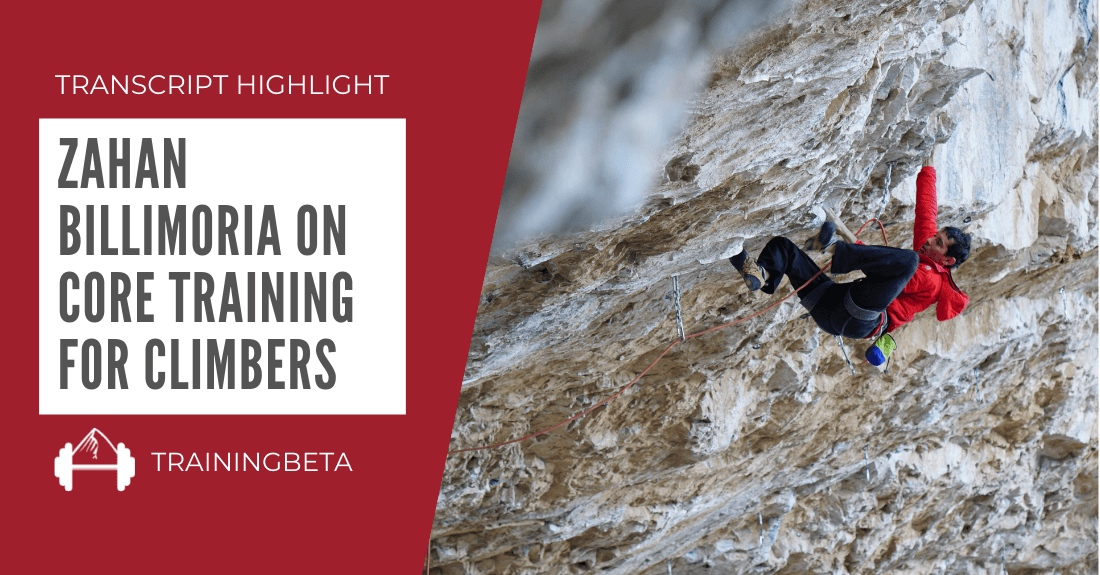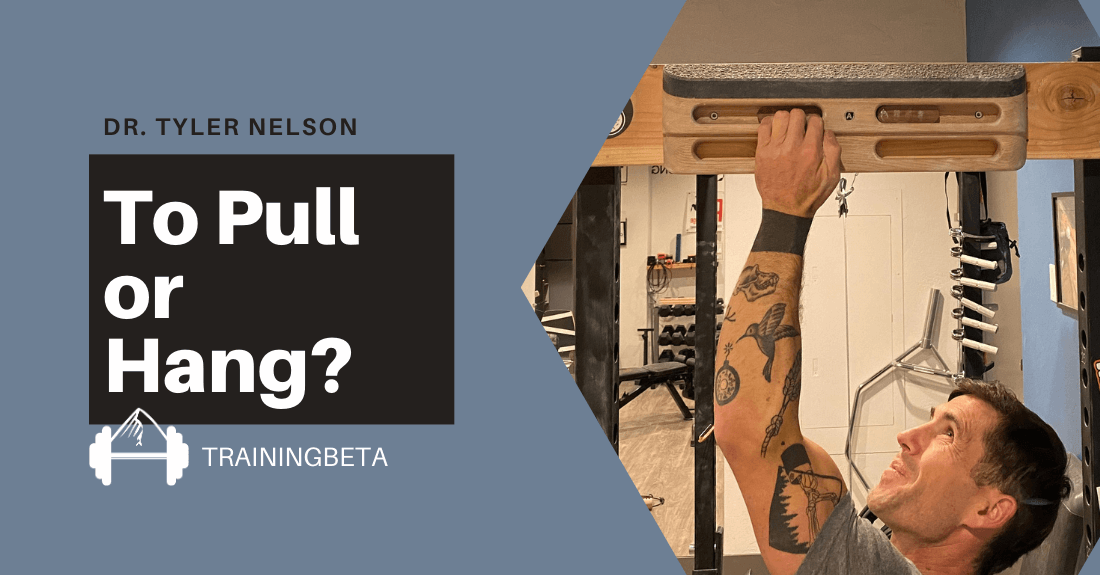When we watch videos of professional climbers sending super hard routes, it’s easy to be amazed at their ability to confidently climb through such sustained sections of incredibly hard climbing. Sometimes, the send even looks effortless.
However, what these send videos don’t show is that projecting is a process even for climbers at the elite level. They gloss over all the hard work of learning beta, refining sequences, rehearsing sections, and making links. Not getting to see the work behind the send can make it hard to know just how far committing to the projecting process can take you. After all, even the best climbers in the world couldn’t just float the cruxes on their projects their first time on them.
To really highlight that projecting is a process, here’s an excerpt from one of Paige Claassen‘s recent TrainingBeta Podcast episodes in which she talks about what your first trip up a potential project can and should feel like.
Give it a read yourself and if you like what you see be sure to check out the full episode and transcript by clicking through below! It is full of really helpful information on how to project effectively.
Paige Claassen on Your First Time Up A Project:
Neely Quinn: So the difficulty level of this climb compared to say, your other hardest projects. How does it compare?
Paige Claassen: Um, I would say it’s kind of similar, honestly. To spend a lot of time on a project, I want to be able to do all or most of the moves within the first couple of days I try it. At least within the first week. Because I know how hard it’s going to be to link the sections together, so if I can at least do the individual moves within the first week, it feels possible to link them together in a given amount of time.
Neely Quinn: Actually I’m going to stop you there, because I think it’s interesting. I think a lot of people go to crags and are like, if I can’t do these moves then I can’t do the route. But you’re saying within the first week if you can do them- which if you are getting on it two times a day, four days a week, that’s eight goes before you maybe even do all of the moves on the route, is that right?
Paige Claassen: That’s right. And that’s pretty typical of a lot of routes I work on- I normally don’t do all the moves the first go. The first go or the first few goes up a route that’s really at your limit, your spending so much energy even getting through the easy sections, so by the time you get to the upper cruxes, you’re so destroyed. You’re so much more tired than you would be, even on the go. So you have to remember that too, that when you are working a crux that’s high off the ground and you are exhausted and you can’t imagine doing that sequence after having climbed the whole route without stopping, remember that you’ve just done all those moves maybe two to five times each as you are working through those sections, so you’ve actually done so much more climbing than you would on the actual go. I try to keep that in my mind when I get intimidated as well.
Full Episode/Transcript: TBP 087 :: Paige Claassen Spells Out How To Successfully Project A Route
Other Articles You Might Like:
- Transcript Highlight: Danny Robertson on Projecting Tactics
- Projecting Rock Climbs with Eric Hörst
- The Process of Projecting by Jamie Emerson
- Mark Anderson on Choosing Shadowboxing






This episode with Paige was great. Keep up the good work!